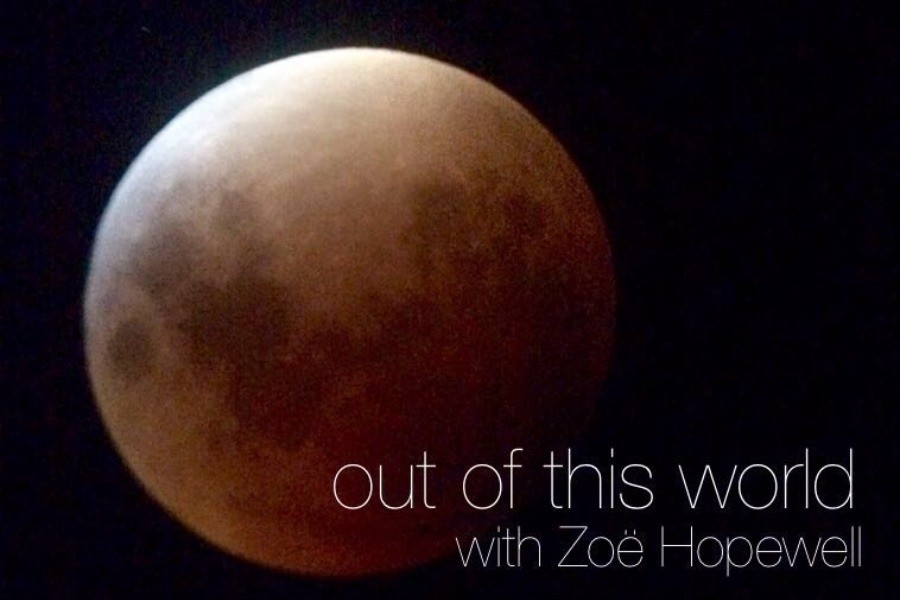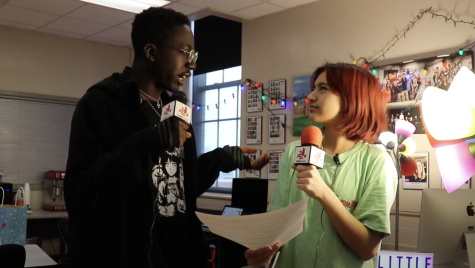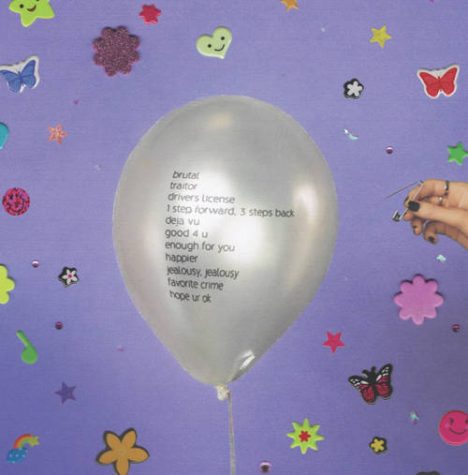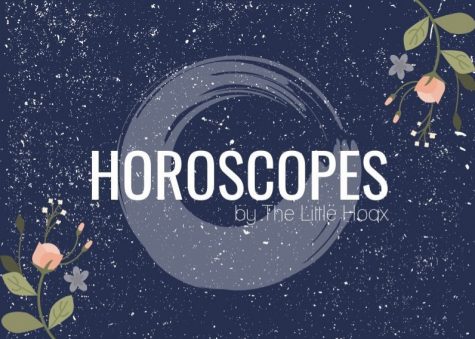Water on Mars and a Red Moon
October 20, 2015
Welcome to Out of this World, a new blog about recent developments in astronomy. The past few weeks have been an exciting time for space, with new discoveries and cool events.
The most important recent event in astronomy is one that you’ve probably already heard about; scientists at NASA have discovered evidence of liquid water on Mars. While they didn’t discover actual flowing water, there are convincing signs; what scientists call Recurring Slope Lineae (RSL) have been found in photos taken by the Mars Reconnaissance Orbiter, which point to a presence of liquid water on present-day Mars. This water has a high percentage of salt, which allows it to stay liquid even in sub-zero temperatures on the Red Planet. As the water flows, it leaves behind some of the salt it contains, which forms dark lines on the surface of the planet, and this is what scientists saw in the pictures. Although the presence of liquid water on a planet is a very hopeful sign for the possible presence of life, don’t get too excited/scared about little green men just yet. Any life found is more likely to be tiny microbes invisible to the human eye.
On September 27th, millions around the country looked into the sky to watch the “Super Blood Moon” lunar eclipse. (If you missed out on it, you can see pictures on National Geographic’s website). Although an eclipse like this, in which the moon appears larger than usual due to its orbital pattern, won’t occur again until 2033, the next full lunar eclipse will take place on January 31st, 2018. If you want to see a total solar eclipse, the next one is in March of 2016, but you’ll need to travel to Southeast Asia or Australia to see it. If you’re not willing to pay for a plane ticket (although it is a great excuse to miss school), the next total solar eclipse visible from the Midwest will take place in 2024.
If you have any wishes to make on a shooting star, now’s the time, since the Orionids meteor shower is currently active. It will peak from October 21-22, with an estimated 20 meteors per hour. The best viewing for these meteors, which originate from Halley’s Comet, will be before dawn, but don’t worry if you don’t want to get up early; In December, the Geminids meteor shower will take place, with peak activity of up to 120 meteors per hour, and this will all start to be visible around 9 or 10 pm. The peak will take place while there is a crescent moon, so there won’t be much light interference either, making it easy to see the stars.


















































